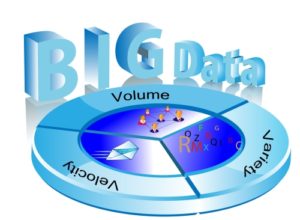Machines and computers already started replacing the human beings since a few decades or even centuries. But behind all these replacements are the programmers who developed such software. Moreover, as the technology is evolving the focus on Artificial Intelligence has also evolved. The emergence of such technology has automated a lot of work streams, snatching the jobs of many people. However, there is a constant doubt if the artificial intelligence will replace the programmer in the future.
What is A.I.?
As known, the Artificial Intelligence is a very much advanced form of technology. Moreover, the name itself suggests, the technology tends to work like a human being with the sense of its own judgment. Right now the artificial intelligence is in the development stage and are not as strong and expected. A strong A.I. has the smartness and the capability of an adult human being.
Currently, the major companies owning the weak A.I systems are following the strategy to combine the weak A.I systems to make them look strong.
Will A.I. Replace Programmers?
The developing nature of A.I. has puzzled the programmers about their replacement in the near future. The answer to the question is “yes.” Eventually, the artificial intelligence will replace the programmers in the future. However, by the time A.I. replaces the programmers, the society will get acquainted with such societal change. Some of the examples,
- Self-driving cars will replace the paid drivers.
- Telemarketers will be replaced by automated robot-calls.
- Automated AI and surveys will replace market research analysts.
The industry for programming robots is going to be huge in the future. In fact, it is already a large industry. If a server is considered as an information robot, then the industry for robots is already available. The physical robots are a very big industry today, and the Internet of Things is going to be a massive industry in the near future.
The A.I. replacing the programming is, however, a little far and will take its own time. However, in the near future, the programmers would take help from Artificial Intelligence by using Artificial Intelligence code to improve the programming efficiency. It is very good at helping the programming and will replace the programmers at a point where Artificial Intelligence is very strong.






